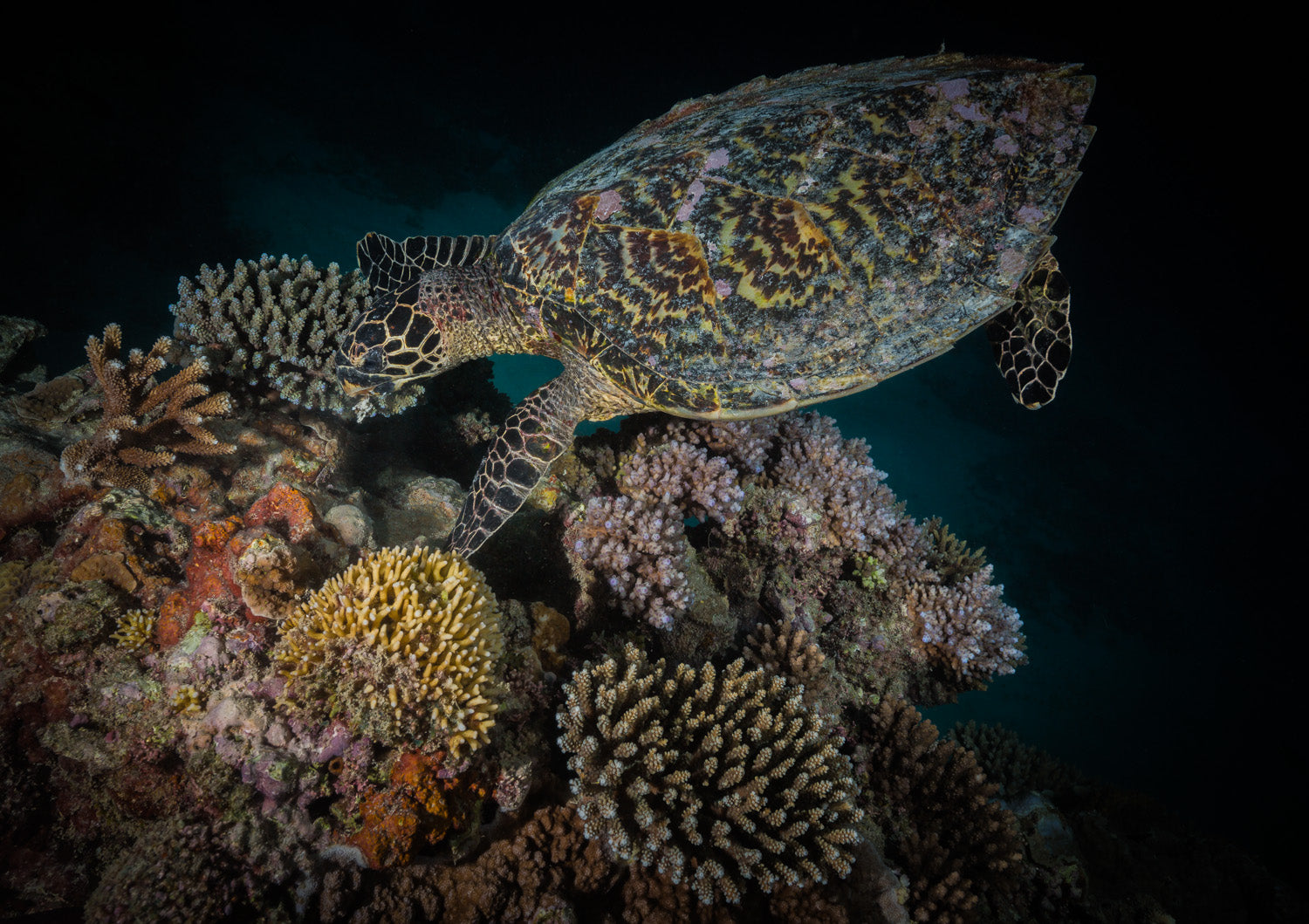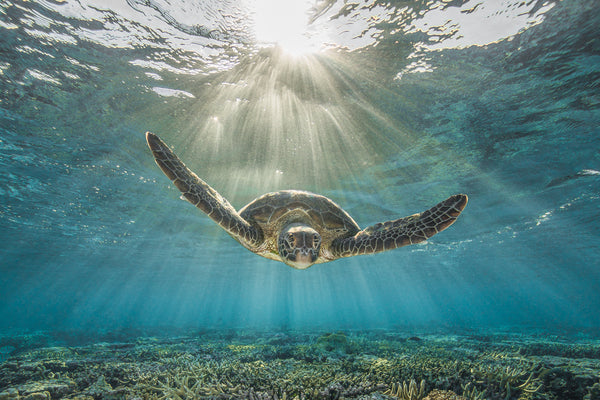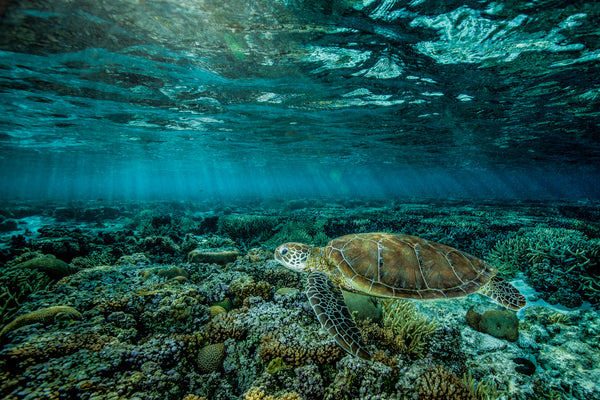Positive News About Marine Conservation in Australia
For an ocean photographer like me, underwater conservation has never been more important.
Which is why when there is good news to celebrate, I think it’s worth spreading awareness as far and wide as possible. We still have a long way to go in protecting our wonderful underwater world, but here’s some small steps we’ve taken to achieving this goal of ocean conservation.
As someone who has spent hundreds, if not thousands, of hours in the ocean capturing underwater photography, it may come as no surprise that marine conservation efforts are incredibly close to my heart.
In fact, I quite happily call the ocean my second home and I am a proud partner of the Australian Marine Conservation Society.
And whilst it can be easy to focus on what’s not going well, and the threat our underwater ecosystems continue to face due to human interference, today I want to focus on the positive news stories.
Because I believe it’s important to celebrate these small wins. As it’s through all of these actions and initiatives working together that we’ll make a true impact in protecting our reefs, and the vibrant creatures that call it home.
So here’s some of the latest marine conservation news of 2022.
Reefs Branch Out
Although our reefs have been hugely impacted by record ocean temperatures and devastating bleaching events, recent data does indicate an increase in coral cover in some areas of the Great Barrier Reef (GBR).
Northern and central sections of the GBR have demonstrated some progress with the appearance of the rapidly-growing branching coral acropora. Although this species is particularly susceptible to marine heatwaves and cyclones, and is quite delicate so can be easily destroyed. 
Magnificent Anemone
The Queensland and Federal governments have also pledged $1 billion towards conservation and scientific efforts for the reef, including combating water pollution, to be used over the next 9 years.
And whilst this has been criticised by some key players such as the Australian Conservation Foundation, who emphasise the need to tackle the overarching issue of climate change, we can still consider this marine conservation funding a degree of progress.
Tracing Turtles
The illegal trade of tortoiseshell items has been a significant challenge for Australia for many years now. However, the Surrender Your Shell hawksbill turtle conservation project has experienced some success with 328 items currently donated to the effort.
The purpose of this initiative wasn’t merely to retrieve these items, but to use these tortoiseshell products for DNA testing which could then in turn help authorities to trace and dismantle this illegal trade.
Although hawksbill turtles are critically endangered, thousands of shells and products are seized on black market trade routes every year. Yet by extracting DNA from these seized items, authorities have been able to trace nesting origins of the turtles and therefore better protect poaching hotspots. Turtle images
Turtle images
The global genetic ShellBank database continues to trace and protect sea turtles from poaching and illegal trade today.
Progress on the Plastic Ban
Most of us are now aware of the importance of minimising plastic production and usage, to help decrease pollution and aid both on-land and marine conservation efforts. And the crackdown on plastic products and byproducts is tightening even further with the latest initiatives from the Queensland government.
Plastic microbeads, cotton bud sticks, polystyrene packing, balloons and disposable heavyweight plastic bags are the focus of this most recent ban. Whilst the ban of single-use straws, cutlery, plates, bowls, stirrers and polystyrene food/beverage containers came into effect in Queensland September 2021, this second-wave came into action July 1 2022.

Reefscape
Plastic bags in particular are a lethal threat to turtles, who frequently mistake these bags for food. Lighter-than-air balloons, meanwhile, are considerable threats to seabirds who are often killed by this form of plastic. Overall, this latest ban is seen as a significant step forwards for furthering the protection of marine wildlife.
If you’re interested in reading up on the different Australian states’ commitment on single-use plastics, this table offers more specific insights.
So, there you have it — a look at some of the latest positive news about marine conservation. It’s wonderful to see progress is being made, however small, and it’s personally made me more determined than ever to do everything I can to help protect our oceans and underwater ecosystems.
If you’re interested in checking out an underwater exhibition celebrating our vibrant marine life, then you may want to take a look at my Ocean Art Collection.
I’d also love to hear from you if you are a marine conservation volunteer in Australia and have your own good news stories to share.
I truly believe that together we can make a difference, protecting our reefs and marine life for generations to come. Here’s to continuing these amazing conservation efforts.





